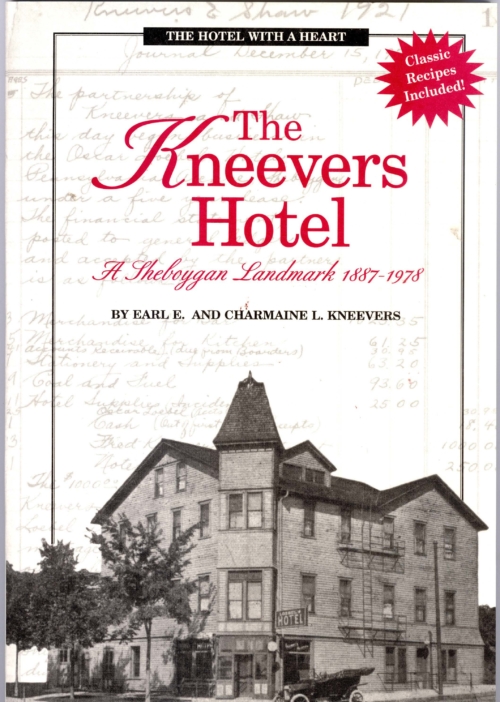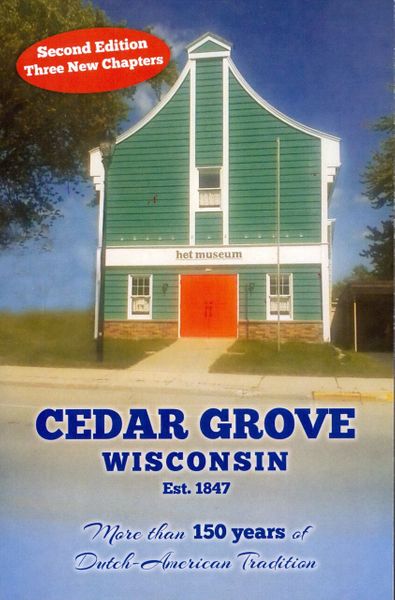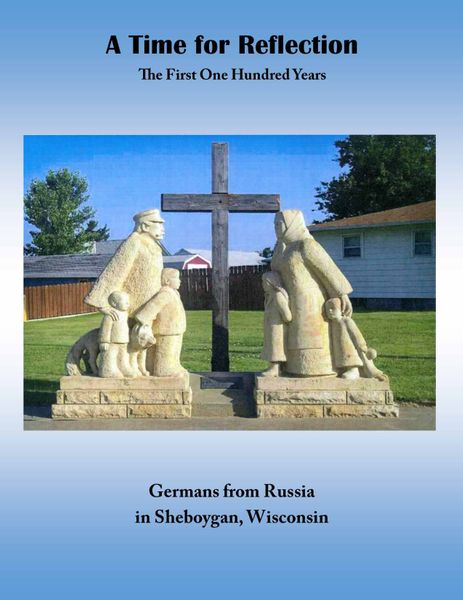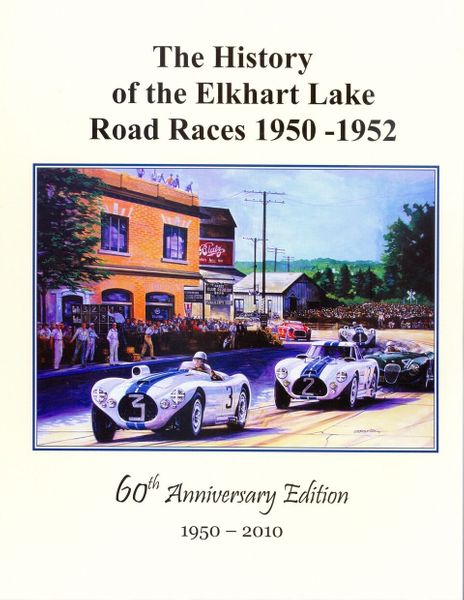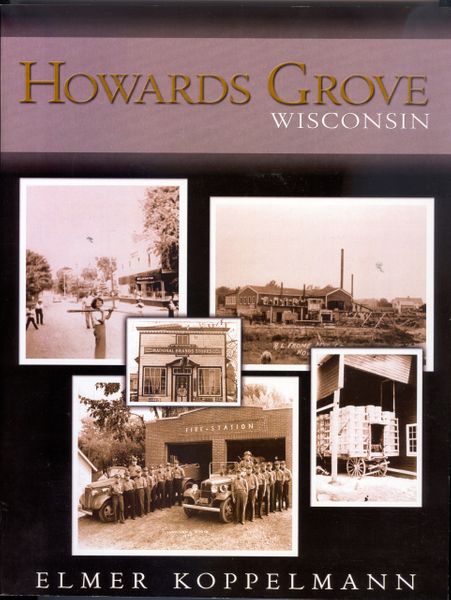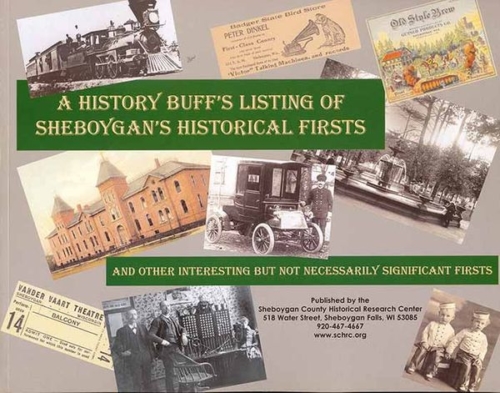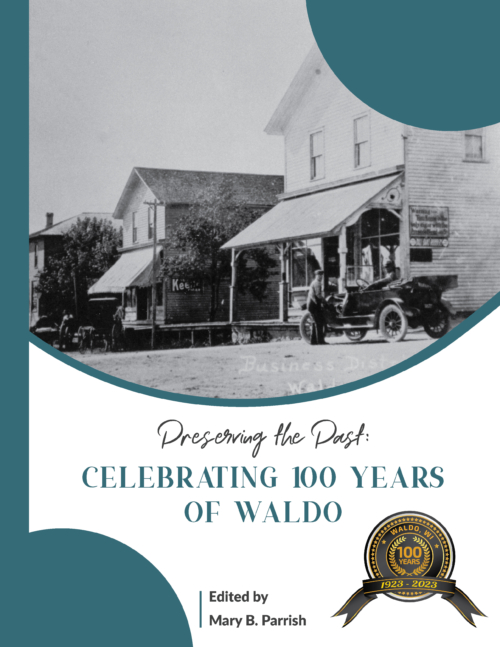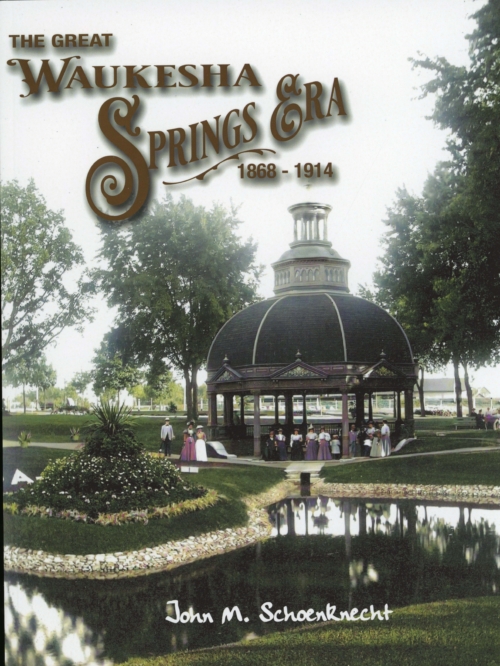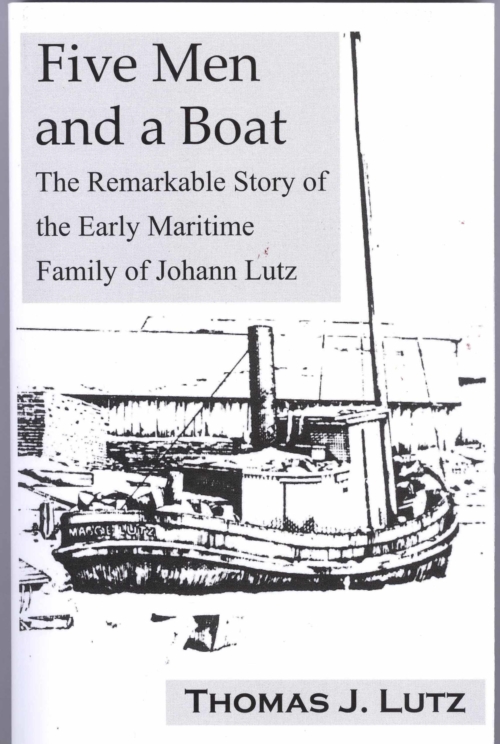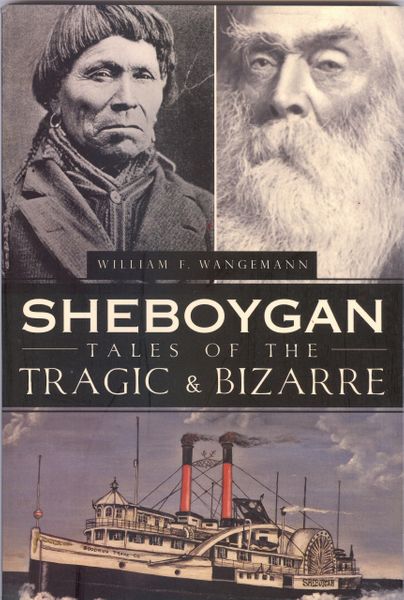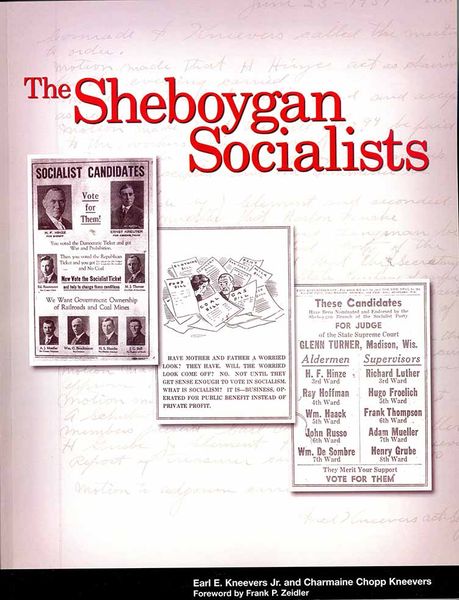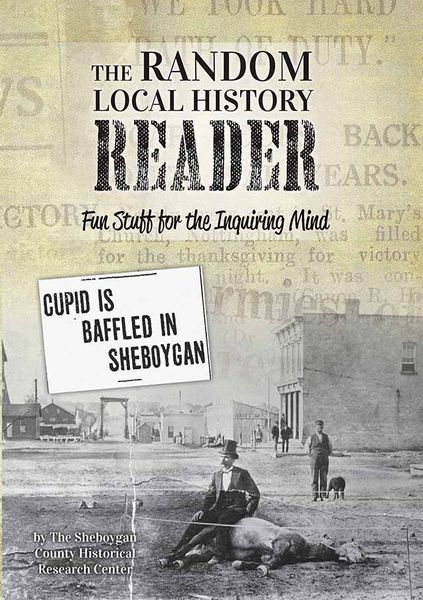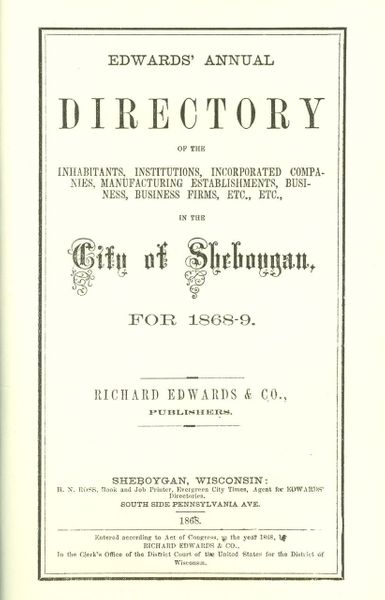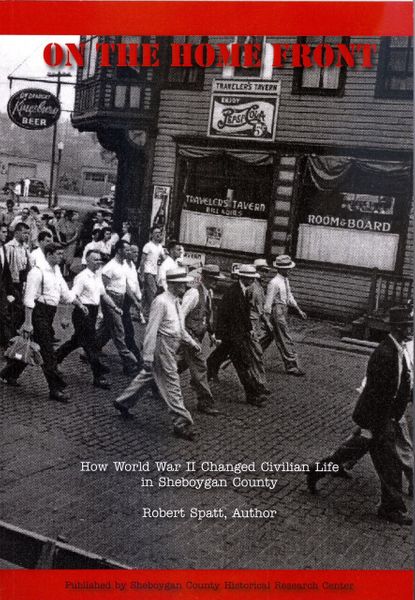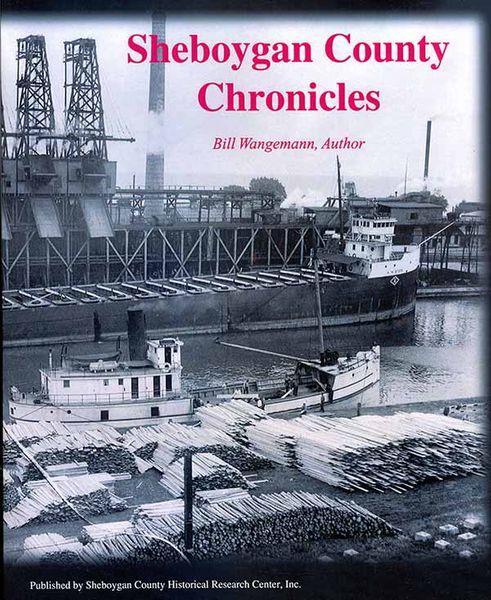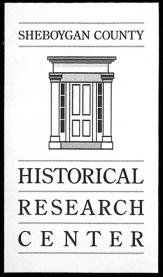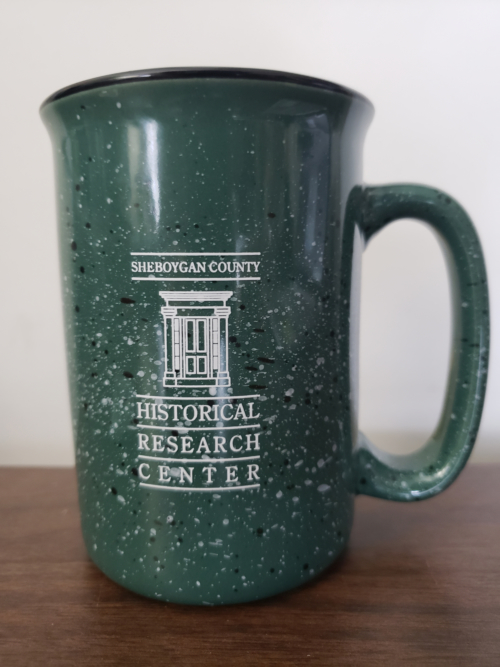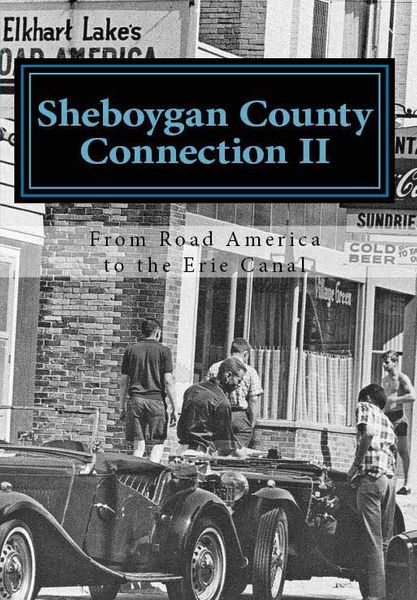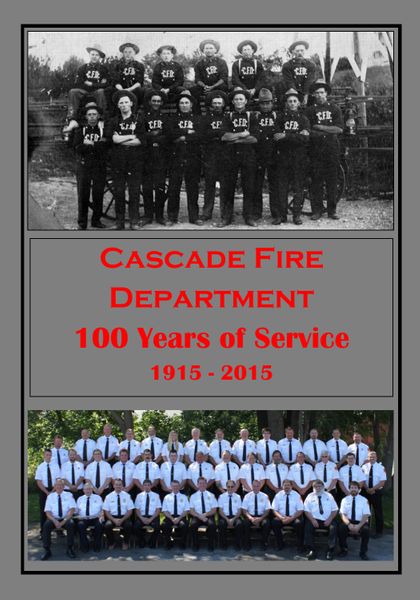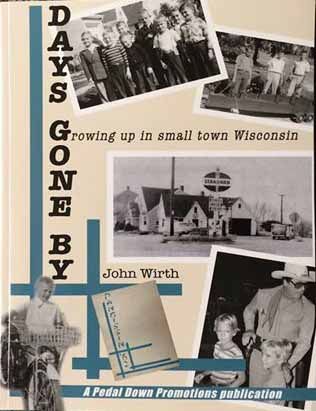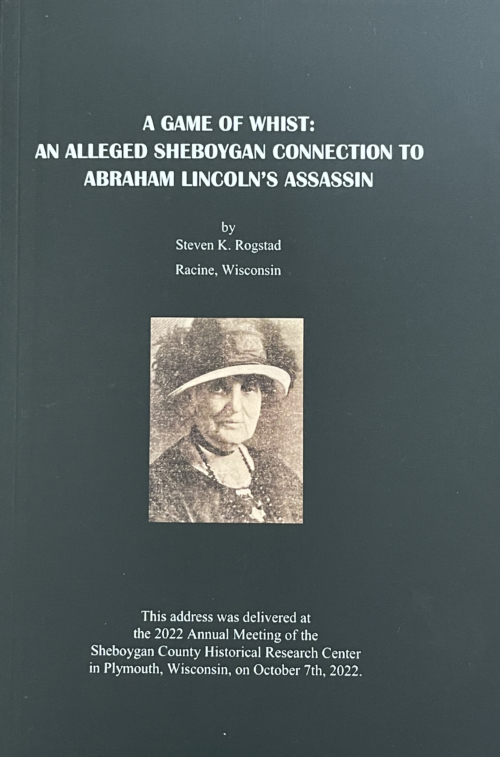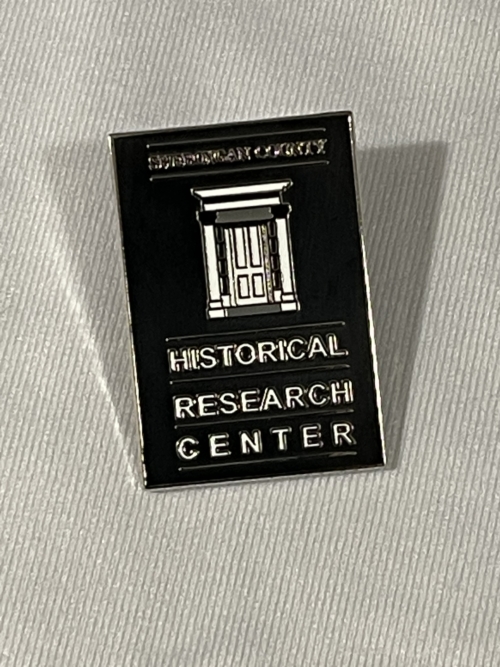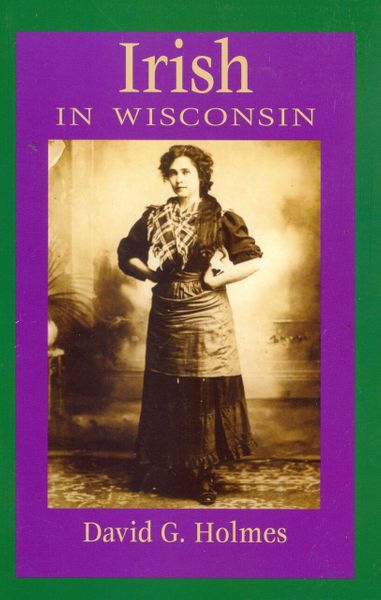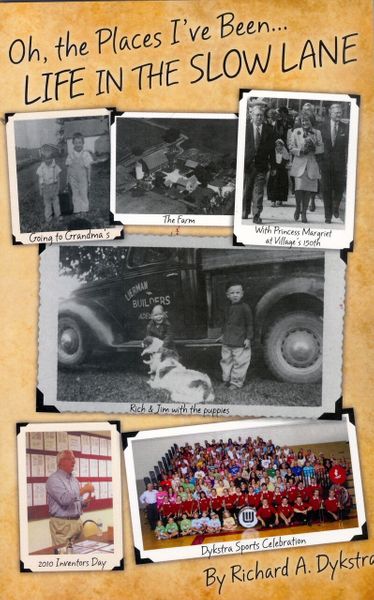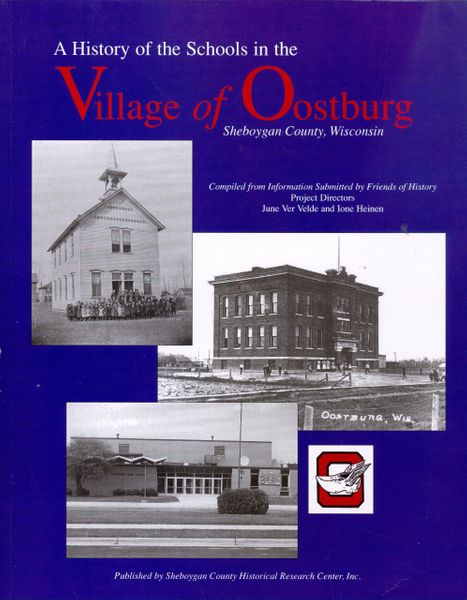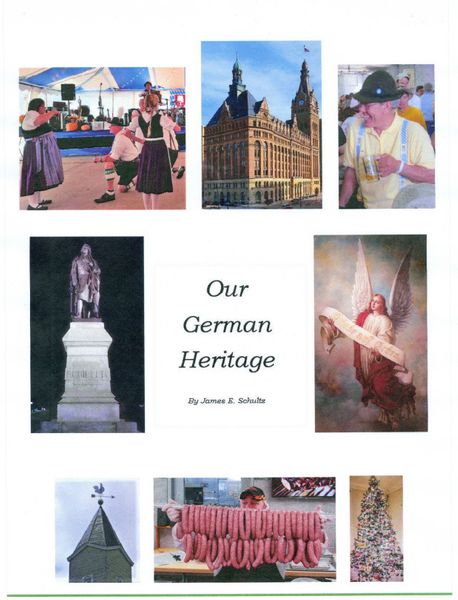-
By the Howards Grove Area Historical Research Committee The settlement of Haven, located in the Town of Mosel on the western shore of Lake Michigan, Sheboygan County, was formerly known as Seven Mile Creek, not Seven Creeks, as has been recorded in a newspaper account of the area’s history. It got its name from a small creek which flowed into Lake Michigan about seven miles north of Sheboygan. The first post office in Haven was established on July 16, 1897. The first postmaster in Haven was Frederick W. Franzmeier. In 1897 Frederick and Herman Franzmeier built a rooming house, tavern and store next to the railroad tracks. In 1903 the post office was established in that building.
-
By Bernard Michaels A story of the settlement of the northern Kettle Moraine in Sheboygan County, Wisconsin focusing on the town of Mitchell.
-
“Cedar Grove, Wisconsin, 150 Years of Dutch-American Tradition,” has been updated and reprinted. Three new chapters entitled, “Historical Update, Old News and The Royal Visit” have been added. The new publication will be available for sale at a discounted price during the festival at the following locations: Holland Festival Souvenir Stand, Het Museum, Te Ronde House Museum, Oma’s on Main Restaurant, Cedar Grove Library and the Union Dollar General Store.
-
By Denny Moyer
This short book outlines the 100 year history of Baseball in Sheboygan, Wisconsin. Sheboygan's colorful history began with the Elwell Boys sponsored by Elwell Flour Mill and chronicles the many teams up to the present Sheboygan A's.
-
by Peter Fetterer
The railroads of Sheboygan County have left behind a legacy of stories … some tragic, some humorous, and some almost unbelievable. The stories bear testimony to the men and women who worked on the early rail lines that served the county … the engineers, firemen, brakemen and conductors who ran the trains … the shop men and track gangs who kept them running … the station agents, freight handlers and railroad officials supporting the operations, and the passengers and hobos who rode the rails.
The railroaders working these lines for nearly 150 years and the passengers riding their trains have been an integral part of our history. These are some of their stories … tales from the rails of Sheboygan County.
-
A Time for Reflection 1892-1992 This booklet was prepared for a centennial celebration of the arrival of the first Volga Germans in Sheboygan, Wisconsin. That small group of seven, unsure of their destination or what they would do when they arrived, was followed by many other relatives and friends. Today, thousands of people who live in Sheboygan - or who lived there at one time - are descendants of German Russian immigrants. “A Time for Reflection” is our anniversary theme, for now is an appropriate time to reflect on our ancestors’ lives and to count the many blessings we have received as a result of their courage and sacrifice. With a new government in power, many Russian people of German descent will be searching for relatives and acquaintances in the West. Many Americans, too, want to be reunited with lost kin. We want to be ready to help each other. The history, chronology, and maps in this booklet represent only a small part of our unique heritage. Here is a brief look at the Volga Deitsch, how they got to Russia and why they came to America, and then to Sheboygan. It is a tale of more than 200 years of travel, hardship and joy endured by our ancestors. Older generations might recall the good times as well as the not-so-good when they read about old customs and practices. Younger people may learn a history they did not know existed. This 2016 update adds extra photos and more history.
-
Out of Stock
By Peter Laun and the Elkhart Lake Historic Race Circuits Preservation Society.
After WWII, open road racing gained popularity all over the United States due to the influx of European sports cars purchased by American veterans who had experienced the thrill of road racing overseas. The driving force behind the growth of the sport in America and the main organizer of these races was The Sports Car Club of America (SCCA). A Midwest course was deemed necessary for racers, and Elkhart Lake, Wisconsin was chosen as the site. In 1949 the Milwaukee chapter of the SCCA and the Chamber of Commerce of the Village of Elkhart Lake planned the first road race at Elkhart Lake, scheduled for July of 1950. These open road races lasted from 1950-1952, when they were deemed too dangerous for spectators and drivers.
-
By Elmer Koppelmann The village of Howards Grove began as two separate villages, Howards Grove and Millersville. Not until 1967 did the two unite into one incorporated village. The first European settlers to settle in the town of Herman (originally named Howard) were the "Lippers"- a group of 13 families and seven orphaned young people from Lippe-Detmold, Germany. The year was 1846, and the group's leader was Friedrich Reineking. They settled on the land that is now Lakeland College. This volume brings the history of the area back to life, and documents the families and businesses that, today, make up Howards Grove.
-
By Robert Spatt. The City of Sheboygan has many interesting and important "Firsts". This book documents many of those items. There is bound to be a chapter for every interest and although residents of Sheboygan will know many of these firsts, there are a lot of surprises. Some of the firsts are obscure such as the first bratwurst stand, the first department store, the first female principal of a school, the first baby born in Sheboygan; Others, such as the city founder, Farnsworth, and many of the sporting events, maybe remembered by many. The final chapter is entitled “Et Cetera.” Here are little known firsts that don’t fit into any category – Peter Dinkel and his canaries, Clemens Reiss the first to cross the city’s new Eighth Street Bridge in 1923, the street sprinkler who sprayed water on the dusty dirt streets and other obscure first facts. A book to pick up and read a chapter at a time then casually sprinkle conversations with a “did you know that….”
-
By Bill Wangemann Sheboygan deserves its reputation as a conservative city, quiet and law abiding. But here are some stories from the past that have been swept under the rug or lost overboard. Venture into the mists of the Lake Michigan Triangle that have swallowed boats, planes and entire tribes. Investigate speakeasy shootings, safes burgled by a flyswatter, poisoned Christmas candy and the hoax that had militiamen firing on their own cattle. Or just sit down with some bizarre anecdotes about a hometown you though you knew, from the town’s first baseball game to the man freed from jail by a jug of whiskey to the deputy sheriff who had to enforce Nicholas Hoffman’s first bath in fifty years.
-
Sale!By Earl and Charmaine Kneevers During the late 19th and early 20th century, there was a relatively strong Socialist movement in the United States. Sheboygan, Wisconsin was one of those cities that had an active Socialist Party. The movement believed in public ownership and democratic management of the basic means of production and distribution. It had strong ties to the organized labor movement of the time. A strong leader of the Sheboygan movement was Fred Kneevers, whose history as a struggling worker with a family to support and with Socialist beliefs, brought him into the hotel and restaurant business to support his family when known Socialists were not welcomed in privately run businesses. The Kneevers' Hotel was a successful meeting place of the Socialists.
-
An entertaining compilation of great newspaper articles following the history of the railroad in Sheboygan County. Some are humorous, some are serious, and some are downright shocking. Great reading for the railroad enthusiast and amateur alike. 2016 Reprint.
-
Sale!The Random Local History Reader is filled with odd and interesting history. What is the real story of the Dead Horse? Who was the Black Terror of Sheboygan? Have you ever read an obituary for an outhouse? Learn the meaning of the term, Yeggman. Find out why Cupid was baffled. And read the full story behind the murder of revered, early teacher, John Sexton. Great reading for quiet time, you’ll enjoy every story and photo included in this random collection of historical gems.
-
Annual directory of the inhabitants, institutions, incorporated companies, manufacturing establishments, businesses, business firms, etc. in the City of Sheboygan. Published by Richard Edwards and company.
-
By Robert Spatt On the Home Front is a chronological account of daily life for Sheboygan residents and how it changed dramatically during WWII. The story is told by way of actual headlines, story excerpts, photographs, editorials and advertisements as published in Sheboygan County newspapers at that time.
-
The Sheboygan County Connection is a collection of forty-one stories about the way folks from Sheboygan County are connected to the greater world. Most were seen as Sheboygan County History columns in the Sheboygan Press from February to October 2014. Extra information and photos have been added. Topics range from ice fishing and the brutal winter of 1936 to the advent of Rocky Knoll and citizens’ participation in the Manhattan Project.
-
Sale!
By Bill Wangemann.
This is a collection of Sheboygan City Historian, Bill Wangemann’s 2005 and 2006 Sheboygan Press articles. Topics include Memories of Railroads, Electric Rail or the Interurbans, maritime stories- The Burning of the Niagara and The Mysterious Loss of the Pere Marquette 18, movies, TV and drive-in theater, Garton Toy and its fire, the stumpff fiddle and so much more.
-
Sale!By Mary Jane Gruett Twelve year old Derk Van Vliet began the adventure of a lifetime in Holland in 1847. He left his home, his friends and his faithful dog, Bello, to begin a new life in America. But, disaster struck as his ship came within sight of its destination, Sheboygan, Wisconsin. The Phoenix, a Great Lakes steamer, normally delivered immigrants to their new homes. But, on Derk’s voyage, the doomed Phoenix, was part of an historic disaster which would cause Derk to question everything about life. He would have to forge ahead to find a new life and search to find courage deep within himself.
-
Sale!By Scott Knickelbine On the night of October 8, 1871, a whirlwind of fire swept through northeastern Wisconsin, destroying the bustling frontier town of Peshtigo. Trees, buildings, and people burst into flames. Metal melted. Sand turned into glass. People thought the end of the world had come. When the "tornado of fire" was over, 2,500 people were dead, and Peshtigo was nothing but a smoking ruin. It was the deadliest wildfire in U.S. history. Kids’ book.
-
This is a compilation of articles run in the Sheboygan Press during late 2016 and early 2017. Story titles include: What we used to do at Sheboygan's zoo Remembering Sheboygan County’s forgotten places Interurbans’ meteoric rise, then fall Remembering American wars from the Home Front Memories from a town of Mitchell farm Recalling Sheboygan's unsavory 1920s, 1930s Quirky forgotten laws abound in Sheboygan When bootleggers smuggled margarine Pinehurst Farms boasts rich history Letters to Santa offer look into kids' lives Discovering stories of lost places in Sheboygan County Remembering the architectural trend of octagon houses Appreciation of Grassroots art emerges in recent decades Advertisements reflect culture, paint picture of past Passengers on Orphan Train found home in Sheboygan Dozens of brothels housed in county in early 1900s How Sheboygan cleaned up after hosting brothels
-
By Edmund Schulz Spring Corners is located at the intersection of County Trunk M and the Manitowoc-Sheboygan County Line, now known as County Line Road in the Township of Meeme in Manitowoc County and the Township of Herman in Sheboygan County. A spring flows continuously at Spring Corners, a place where people have come from far and near for a cool drink and to fill their water jugs for home use. This spring is part of a line of springs that form the Spring Valley
-
This is the second volume in a series. It contains more than fifty stories about Sheboygan County citizens and the amazing ways they participated in important history. Topics range from the 1950s bomb shelter scare to the opening of Road America and Clif Tufte to the opening of the Erie Canal in the 1830s.
-
In 1866, Cascade suffered serious setback when a fire wiped out practically the entire main drag including most of its businesses. By 1872, two flour mills, a saw mill, a bank, four grocery stores, a hardware store, three shoe stores, two blacksmiths, a wagon shop, a hotel and two churches had all rebuilt making the “newer’ wider main street. By the 1900 Cascade boosted a healthy business district that included wool carding, two cheese factories, two feed mills, three hotels, a post office, a physician’s office and a dentist office. In 1906 a group of business men held a meeting to discuss the future of Cascade. They came up with a list of things that they thought Cascade needed to continue growing: A fire company. A good library. A good policeman. A few more houses to rent. A number of good sidewalks. A parsonage for the United Brethren Church. Home protection from so many useless peddlers. A few more sheds to keep horses under in wet weather. More people to do less trading with the large firms in Chicago. A few more men to take the ladies out riding.
-
Days Gone By The Falls - Growing up in small town Wisconsin is John Wirth's poignant, colorful account of growing up in Sheboygan Falls in the 1950s and 1960s. The book features a collection of 39 newspaper columns, which have appeared on a regular basis in The Sheboygan Falls News since 2007. The book takes readers back to a time when imagination, creativity and the pursuit of good, clean fun ruled the lives of youngsters long before the clutches of modern technology swooped in to stifle such endeavors. Wirth paints a vivid portrait of an era in time when people worked hard without question and played hard without considering the possible dangers of youthful exuberance. Readers will meet several colorful characters who inhabited many memorable locales in the quant, picturesque, Midwestern city of Sheboygan Falls. Whether you have your own memories of the 1950s and 1960s or are looking to find out what all the fuss was about, buckle in and enjoy the twists and turns of a real-life, small-town adventure ride going on 60 years in the making.
-
By Mary E. Meyer
This book is a concise history of the port of Sheboygan, complete with photos of the harbor and the ships that plied its waters. Histories of harbor industries included.
-
Across time, cemeteries have acted as places of burial and remembrance, but they also provide vivid records of community history. Whether large or small, well maintained or neglected, historic cemeteries are an important part of our cultural landscape. The vast richness of expression through form, decoration and materials inform our understanding of the individuals buried in historic cemeteries and their cultural significance. The very stones that mark the graves form a museum of their own.
A church’s stained glass windows, to some degree, play much the same role to a community. They tell the story of some element important to the life of parishioners. They uplift, beautify and instruct.
This volume will introduce readers to some of the most interesting and beautiful stained glass windows and cemetery monuments in the county. We’ll discuss the background and history of each form of expression and much more. Consider this a primer to Sheboygan County’s treasures.
-
By David Holmes The Irish have a rich and long history in Wisconsin, dating back to the 19th century. Immigrants quickly formed communities in Beloit, Fond du Lac, and Sturgeon Bay, as well as in rural Trempeauleau County. They worked at day labor, railroad construction, lumbering, fishing, and of course farming. Some of those early Irish communities have disappeared; others have experienced succeeding generations of Irish Americans settling in these Wisconsin cities and small towns and influencing them with their old country charm.
-
By Janice Hildebrand This book is a tribute to the City of Sheboygan in its sesquicentennial year 2003. The area that is now the city was settled years before 1853, but the city was not chartered until then. This book documents 45 men and women who were important in Sheboygan's early years. Each bio contains one or more photos. 2016 reprint.
-
By Rich Dykstra Rich is back with another series of short stories about life in the 1950s and 1960s. Life in the Slow Lane deals with seemingly mundane but very memorable activities that Dykstra participated in as a child – shopping trips to Sheboygan when it took a week or more of planning, going to the outhouse, Friday nights in Sheboygan Falls capped off with a stop at Bob’s Lunch, a one-room school fair, Sundays at Grandma’s, the anxious anticipation of a first Milwaukee Braves game, life in the era of polio and something called Sunday Rules.
-
By Plymouth Historical Society and SCHRC
Plymouth, originally considered a “hub” city because of the hub and wheel factory located there, it has also earned that moniker because of its central location between Milwaukee and Green Bay. Tourists flock to Plymouth year round to visit the variety of shops, to golf, swim and ski, or explore the beautiful Kettle Moraine State Forest. Residents are proud of their heritage, which can be seen at sites throughout the city. Visit Plymouth through this wonderful tribute using historic photographs.
-
Sale!This book covers Oostburg school history from 1899-2005. A great timeline gives the reader a wonderful overview of what happened educationally and socially in Oostburg, Wisconsin. Class photos and memories and reflections are included.
-
Sale!
By Bill Wangemann
This second book of Bill’s is a compilation of articles that appeared in the Sheboygan Press during 2004. Many are based on activities of the 1950s
-
By James E. Schultz. More than a history about Schultz's great grandparents, this book features:
- threads of our German heritage, including food, wine and beer, language, religion, music, dance, and customs woven into the family history and indexed;
- sections devoted to “Why they came”, “Today’s German Attitudes”, and “People and Places”;
- a “Special Find” for each of the eight featured ancestors, a genealogical gem that I uncovered;
- a wide variety of church, government, military, personal, and other resources, with a list of 40 resources cataloged as an appendix; and,
- a section called “Challenges, Tips, and Surprises” that provides helpful pointers for finding information.

